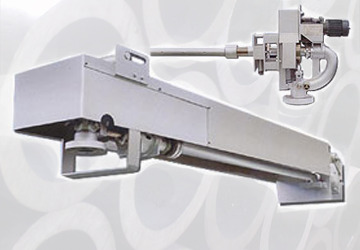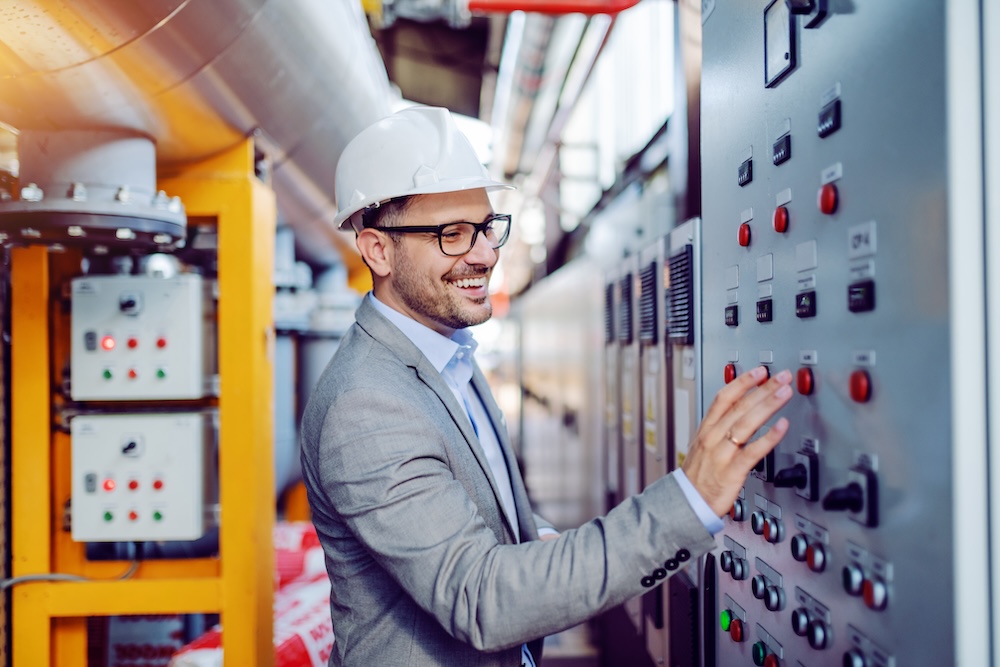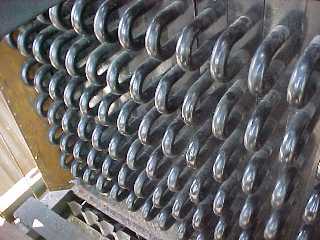
The Ultimate Guide to Sootblower Replacement Parts
Sootblowers are essential components of industrial boilers. Just like the name implies, they can remove soot and ash buildup from a boiler’s heat exchange surfaces.
Home » What is an Industrial Boiler?
An industrial boiler works like a pressure cooker but on a larger scale. We can describe an industrial cooker as a closed vessel that uses electricity or another fuel source to warm the water or generate steam for humidification applications or industrial heating. The boiler works on a basic concept of a heat source transferring heat through a heat exchanger to heat water above its boiling point.
Simply put, an industrial boiler is a vessel that contains water that transfers heat generated by the fuel source into steam. The steam is then piped and directed to specific points of the boiler, used to run industrial equipment.
Industrial boiler systems work in a simplified manner using basic science concepts. The parts of the boiler system are installed at different points. For instance, the heat source is placed in a separate compartment to the water vessel. Then, the water vessel is connected to the heat source using a metal rod.
The heat from the source is transferred to the water through the rod, converting it into steam. After the steam is released from the boiler, it is collected in a dome above the vessel. This helps in condensing it and building enough pressure before exiting the system. Since many industrial processes use pressurized steam in running machines, this step is crucial for an industrial boiler.
The amount of pressure build-up in the dome will depend on the purpose of heating. For instance, turbines may require more pressure than agricultural soil steaming. Industrial boilers also come with a safety valve, ensuring that excess steam is released to prevent explosions. This may be connected to a purposely fitted chimney to provide an escape route for the heat while passing through the vessel.
Before contacting an industrial boiler company, you will need to know what to expect. When purchasing a boiler, you can choose one that produces hot water or steam.
On the one hand, hot water boilers are functional in hydronic systems. Their applications include domestic and commercial hot water needs, commercial dishwashers, freeze protection, comfort heating, car washes, radiant floor heating, laundromats, and more. On the other hand, steam boilers are used in turbines for power generation, agricultural soil steaming, and industrial heating applications such as cement production.
In addition to applications, the functionality of industrial boilers also differs. Essentially, industrial boilers can be distinguished based on their construction and design, which defines their heat exchange method.
Nearly every building or facility uses industrial boilers. While the term industrial may make these boilers appear complex, they operate almost like the standard boiler used at home. The significant difference is that industrial boiler systems are designed to provide heating solutions on a large scale.
Industrial boilers come with larger dimensions and more complex components that provide heating capacities for hotels, skyscrapers, factories, and entire city districts. They all use the same basic heating water or another suitable liquid inside a closed vessel to generate steam. The steam is exited from the vessel, pressurized, and used for heating applications, cooking, boiler-based power generation, and other uses.
At Industrial Boilers America, we have the expertise and 20+ years of experience to guide you in choosing the best industrial boiler system for your specific needs. Contact us today.
At Industrial Boilers America, we lead in providing the development, licensing, and deployment of Industrial Power plants. We partner with other leaders of communities and governments to foster long-term relationships that create sustainable energy, jobs, and social responsibility. Our philosophy that sustainability should be rooted in the betterment of the ecosystem rather than profit allows us to provide services that will enable our partners to reinvest in themselves, resulting in a sustainable community.

Sootblowers are essential components of industrial boilers. Just like the name implies, they can remove soot and ash buildup from a boiler’s heat exchange surfaces.

Boilers provide essential heating and steam generation for industries ranging from power production to manufacturing. To ensure safety, efficiency, and functionality, rely heavily on sophisticated

Industrial boilers are essential for keeping the world moving. Understanding the critical industrial boiler parts ensures efficient operation, safety, and longevity of equipment. Main Industrial